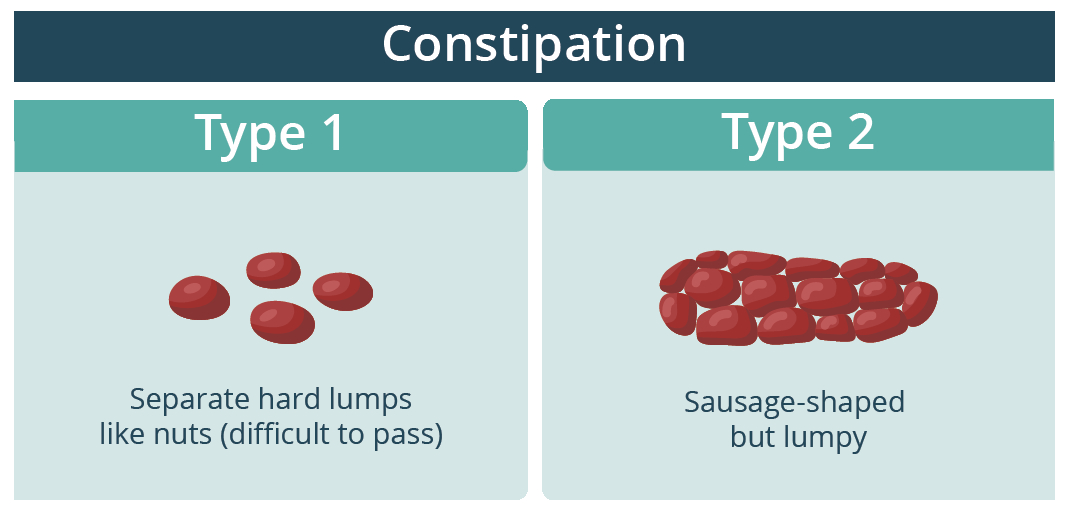There’s so much talk about what we put into our bodies, but we should also talk about what comes out.
Understanding your toilet habits is more beneficial than you may think. It’s an indicator of your gut health and can signal that something might not be right with your body.
Before you flush your number 2s, have a look at them to gain valuable insight into your health. Not sure what to look for? Here’s a guide to help.
So, what can my poo tell me?
Amazingly, your poo (stool) can provide clues about what’s going on with your diet, fluid intake, medication use and lifestyle. Your poo can reveal if:
- you’re drinking enough water
- you’re experiencing a food intolerance or allergy
- you’re under a lot of stress
- you’re not eating enough fibre
- you have worms or a parasite
- you have damage to your gastrointestinal tract
- you’re experiencing digestive and absorption issues
- the health of your organs has changed, such as your kidneys or gallbladder
- you need to get checked for certain cancers such as bowel cancer
- you’re taking certain medication or supplements
What does a healthy poo look like?
You want the colour of your poo to range from light brown to dark brown. The shape and texture should be like a snake or sausage. This consistency reflects a healthy gut microbiome and digestive system.
Your digestive system includes the digestive tract and other organs that help the body break down and absorb food. Your gut microbiome lives in the digestive tract and is made up of good and bad bacteria.
A healthy gut microbiome means there are more good than bad bacteria. This can help to support your immune system, regulate your weight and play a role in the production of happy hormones that influence your mental health.
A healthy number of toilet breaks vary. It can be from a minimum of 3 times a week to a maximum of 3 times a day, and you shouldn’t have to strain to pass stool (do a poo).
To work out if your poo is healthy, you can examine the colour, shape and texture.
Shape and texture
These types of poos may indicate that you’re constipated or dehydrated.

These types of stools are soft and easy to pass. These are healthy and ideal stools.

These types of poos may indicate that you have diarrhoea or irritable bowel syndrome (IBS), feel stressed or anxious or have consumed alcohol, oily or spicy foods.

Colour
The colour of your poo can depend on what you eat and drink, medications and the time food has spent in your digestive system.
- Black may indicate certain medication use, like iron supplements, or undigested food.
- Light to dark brown may indicate an ideal and healthy stool.
- Pale or clay may indicate coeliac disease or pancreas issues.
- Orange may indicate blocked bile ducts or antacid usage.
- Yellow or green may indicate a fatty diet, parasite or stress.
- White spots or mucus may indicate medication use or problems absorbing food.
- Dark to light red may indicate blood in the stool, or that you’ve recently eaten beetroot.
When should I see my doctor?
A change to your stool won’t always mean that you should be worried, but you should monitor it.
If you have diarrhoea or constipation for more than 2 – 3 days, your stools are black, tarry, very light pale or grey in colour, or you see blood in your stool, see your doctor.
CHECK YOUR SYMPTOMS — Use the Symptom Checker and find out if you need to seek medical help.
Further information and resources
- All Australians aged between 45 and 74 years are eligible for the free bowel cancer screening test every 2 years. The test helps to detect bowel cancer early.
This post was originally published on 1 August 2023 and has been updated to include the most recent details on this topic.
Want more like this?
For health and wellbeing news you can use, go to the healthdirect blog.










